Uttarakhand is renowned for its spiritual significance; it is home to many temples, each with its unique importance. Today, we will focus on the five temples dedicated to Lord Shiva in the Garhwal region, collectively known as Panch Kedar. These temples include Kedarnath, Tungnath, Rudranath, Madhyamaheshwar, and Kalpeshwar. According to legend, the Pandavas established these temples after the epic battle of the Mahabharata. Each temple represents a different body part of Lord Shiva, which makes the Panch Kedar yatra a deeply sacred pilgrimage. Let’s explore each of these majestic temples:
The Legend Of Panch Kedar
The origin of temples considered as Panch Kedar are tied to the Mahabharata era. These temples were established by Pandavas. After the battle of the Mahabharata in Kurukshetra, the Pandavas set out to find Lord Shiva in Varanasi, seeking redemption for their actions, and their search led them to the Garhwal region.
In the Garhwal region, Bhima encountered a bull, which was actually Lord Shiva in disguise. It is said that Bhima grasped the bull’s tail, and it vanished into the earth and reappeared in five locations, each representing a different body part of Lord Shiva – the hump at Kedarnath, arms at Tungnath, face at Rudranath, stomach and navel at Madhyamaheshwar, and hair at Kalpeshwar. The Pandavas then built temples at these locations, marking the origin of Panch Kedar.
1. Kedarnath
(In Kedarnath, Lord Shiva appeared with His hump)
Kedarnath holds the highest significance among the Panch Kedar temples. It is located in Rudraprayag, Uttarakhand, and is renowned for its spiritual importance. Kedarnath remains closed for six months each winter due to heavy snowfall in the region. During this period, the idol of Lord Shiva is relocated to a temple in Ukhimath. Kedarnath is the first temple to be visited during the Panch Kedar yatra due to its prominence in the Char Dham yatra.
Trekking Details:
- Reaching Kedarnath involves a 22 km trek starting from Gaurikund.
- The halfway point called RamBada offers a resting spot along the challenging journey.
- The temple remains closed during winter.
2. Tungnath
(Tungnath represents the legs of Lord Shiva)
Tungnath is the highest Lord Shiva temple in India, and the second temple is on the Panch Kedar Yatra route. Similar in structure to Kedarnath, it is situated amidst the mountains. This place is believed to be where Lord Shiva and Goddess Parvati reside.
Tungnath, also known as Tungnath Mahadev, is primarily located in the Rudraprayag district and forms the Mandakini and Alaknanda river valleys. The name Tungnath means "Lord of the Peaks," which reflects its highest location among the Panch Kedar temples.
Trekking Details:
- The trek to Tungnath begins at Chopta and covers 5 km.
- The path is challenging as it is often snow-covered during winter.
- Chopta offers serene views of the Himalayas, including Nanda Devi and Bandarpoonch.
- A 2 km trek from Tungnath leads to Chandrashila.
- Chandrashila is significant as it is believed that Lord Rama and his brother Lakshmana meditated here after the defeat of Ravana.
- The temple remains closed during winter.
3. Rudranath
(Rudranath is where Lord Shiva revealed His face in the form of a large rock)
Rudranath is the third temple in the Panch Kedar yatra. Rudranath is also named "Him, who is angry" because of Lord Shiva’s third eye, which signifies potential destruction. The nearby Rudraganga River is believed to be a river of salvation, which attracts pilgrims who are offering Pind to their ancestors.
Rudraprayag hosts the annual fair every year during the full moon night of Sravan, which often coincides with Raksha Bandhan.
Trekking Details:
- Rudranath is known for its difficult trek, which starts from Sagar village.
- Sagar village lies on the route from Gopeshwar to Kedarnath.
- It is the 20 km trek which involves steep climbs and slippery paths, passing through dense Alpine forests and several holy kund (tanks), including Surya Kund, Tara Kund, Chandra Kund, and Mana Kund.
- The temple remains closed during winter.
4. Madhyamaheshwar
(It represents Lord Shiva's stomach and navel)
Madhyamaheshwar is the fourth temple in the Panch Kedar. It is located in Mansoona village, Garhwal, and is surrounded by the Chaukhamba peaks (four peaks). There is an older Vridh-madmaheshwar temple in the region that houses a small shrine of Lord Shiva. Madhyamaheshwar itself houses idols of Shiva’s navel, Goddess Parvati, and the combined form of Aradhanarishwara, which symbolizes the divine union of Shiva and Parvati.
Trekking Details:
- The trek to Madhyamaheshwar begins from Uniana.
- It covers 21 km.
- This trek is moderate and includes key points like Gaundhar and Kalimath.
- Kalimath is known for its spiritual atmosphere and has temples of Goddess Durga and Lord Shiva in his Baba Bhairava form.
- Gaundhar provides stunning views and is the confluence point of Madhyamaheshwar Ganga and Markanga Ganga.
- The site is especially crowded during Navratri.
- The temple remains closed during winter.
5. Kalpeshwar
(It represents Lord Shiva's hair / Jata.)
Kalpeshwar is the last temple in the Panch Kedar yatra. It is situated in Urgam Valley, Garhwal. This ancient stone temple is accessible through a cave. It is the only Panch Kedar temple that remains open throughout the year.
Kalpeshwar is significant for meditation. It holds the legend of sage Arghya (who created the apsara named Urvashi here) and sage Durvasa (who meditated under the Kalpavriksha – the wish-fulfilling tree). It is a revered site for those seeking spiritual solace.
Trekking details:
- The trek to Kalpeshwar is 12 km from Helang, though a new road now reaches Devgram village.
- Devgram village is only 300 meters away from the temple.
- The temple is accessible from a cave entrance.
- The journey offers views of the confluence of Alaknanda and Kalpaganga rivers.
- The temple remains open throughout the year.
Exploring the Panch Kedar is more than a pilgrimage; it is a journey through myth and devotion. Each temple embodies a unique aspect of Lord Shiva, which makes the Panch Kedar Yatra an enriching experience. Whether trekking through the rugged paths or marveling at the divine presence, the Panch Kedar temples stand as a testament to ancient traditions and spiritual devotion. If you are willing to experience the thrill of Panch Kedar Yatra, click on the link below and plan now!
Create Your 100% Customized Package With Connecting Traveller: https://bit.ly/CreateCustomTourNow
Here is what our Travellers has to share about their Customized Tour Package: Chopta Tungnath Kedarnath Adventure
FAQ
What is the sequence of Panch Kedar Yatra?
The Panch Kedar Yatra typically follows this sequence: Kedarnath, Tungnath, Rudranath, Madhyamaheshwar, and Kalpeshwar. This pilgrimage is spread across different altitudes and terrains in Uttarakhand, India.
How many days to complete Panch Kedar?
Completing the Panch Kedar Yatra generally takes about 15 to 20 days. The duration depends on the starting point, trek speed, weather conditions, and any stops for rest and acclimatization.
Is Panch Kedar trek difficult?
The Panch Kedar trek is considered moderately difficult due to steep ascents, high altitudes, and varying weather conditions. Proper preparation and acclimatization are essential to complete the trek safely.
What is the 5 Kedar route?
The route for the Panch Kedar includes visiting Kedarnath, Tungnath, Rudranath, Madhyamaheshwar, and Kalpeshwar. These temples are scattered across the Garhwal Himalayas and each requires a trek through rugged terrain.
How to start Panch Kedar Yatra?
The Panch Kedar Yatra typically starts from Haridwar or Rishikesh. Pilgrims usually first travel to Kedarnath, the most accessible of the five, and then proceed to the other temples in the sequence.
Which Kedar to visit first?
The first Kedar to visit is Kedarnath. It is the most well-known and accessible among the Panch Kedar temples and serves as the starting point for the pilgrimage.
Which trek is difficult, Kedarnath or Tungnath?
The Kedarnath trek is more challenging than Tungnath due to its longer distance, higher altitude, and more rugged terrain. Tungnath, though steep, is relatively easier and shorter.
Where to go first Badrinath or Kedarnath?
Pilgrims typically visit Kedarnath before Badrinath. Kedarnath is part of the Panch Kedar, whereas Badrinath is one of the Char Dhams, often visited later in the journey.
How do I prepare my body for Kedarnath trek?
To prepare for the Kedarnath trek, focus on cardiovascular exercises like running and cycling, along with strength training. Practice trekking on uneven terrain and work on improving stamina for better endurance during the trek
10 0



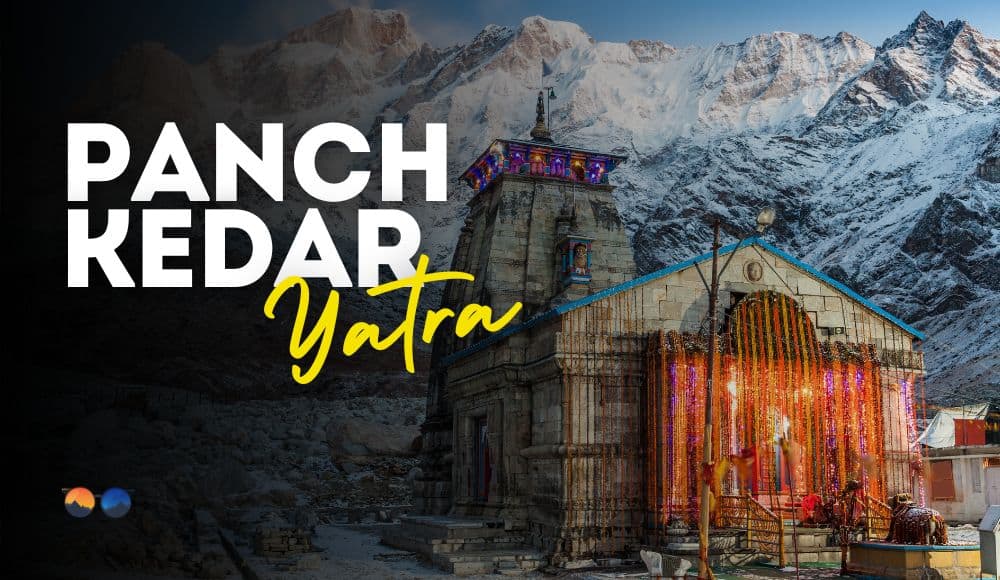
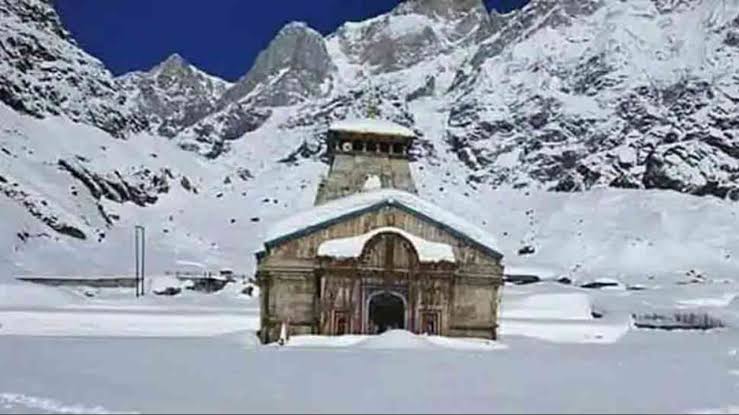
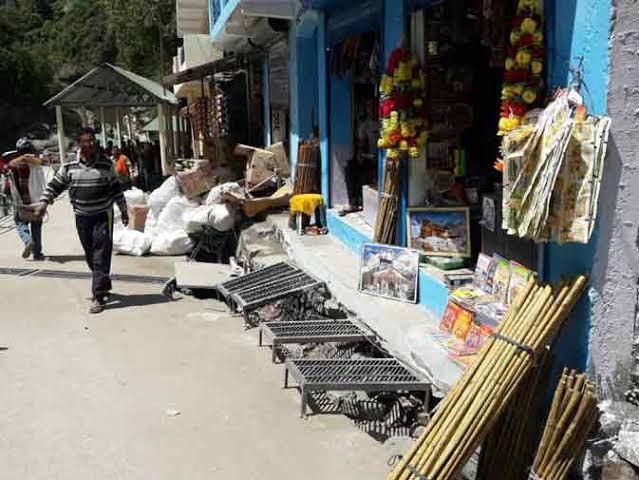
.jpeg)
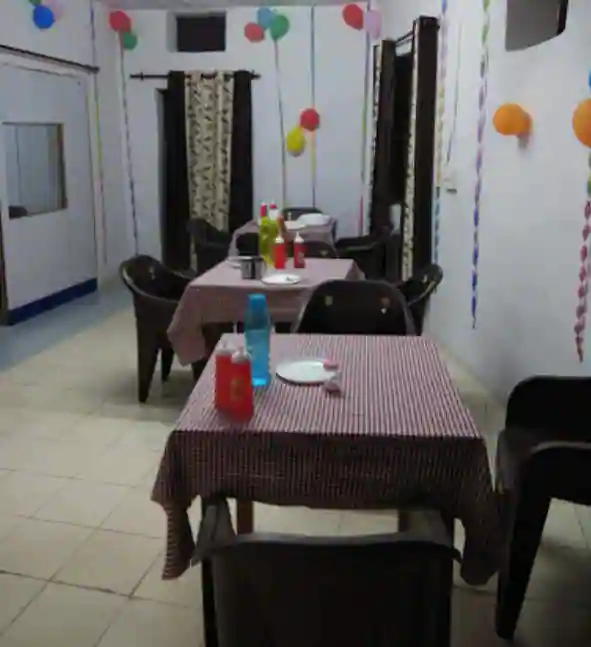
.jpeg)
.jpeg)
.jpeg)
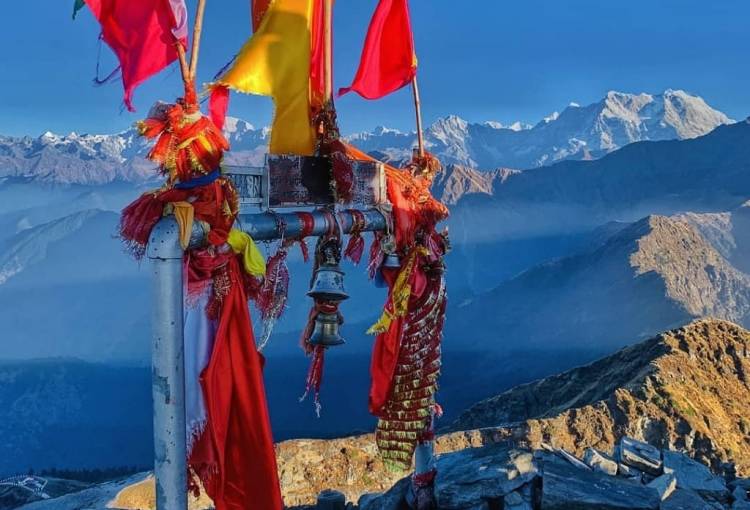
.jpeg)
.jpeg)









